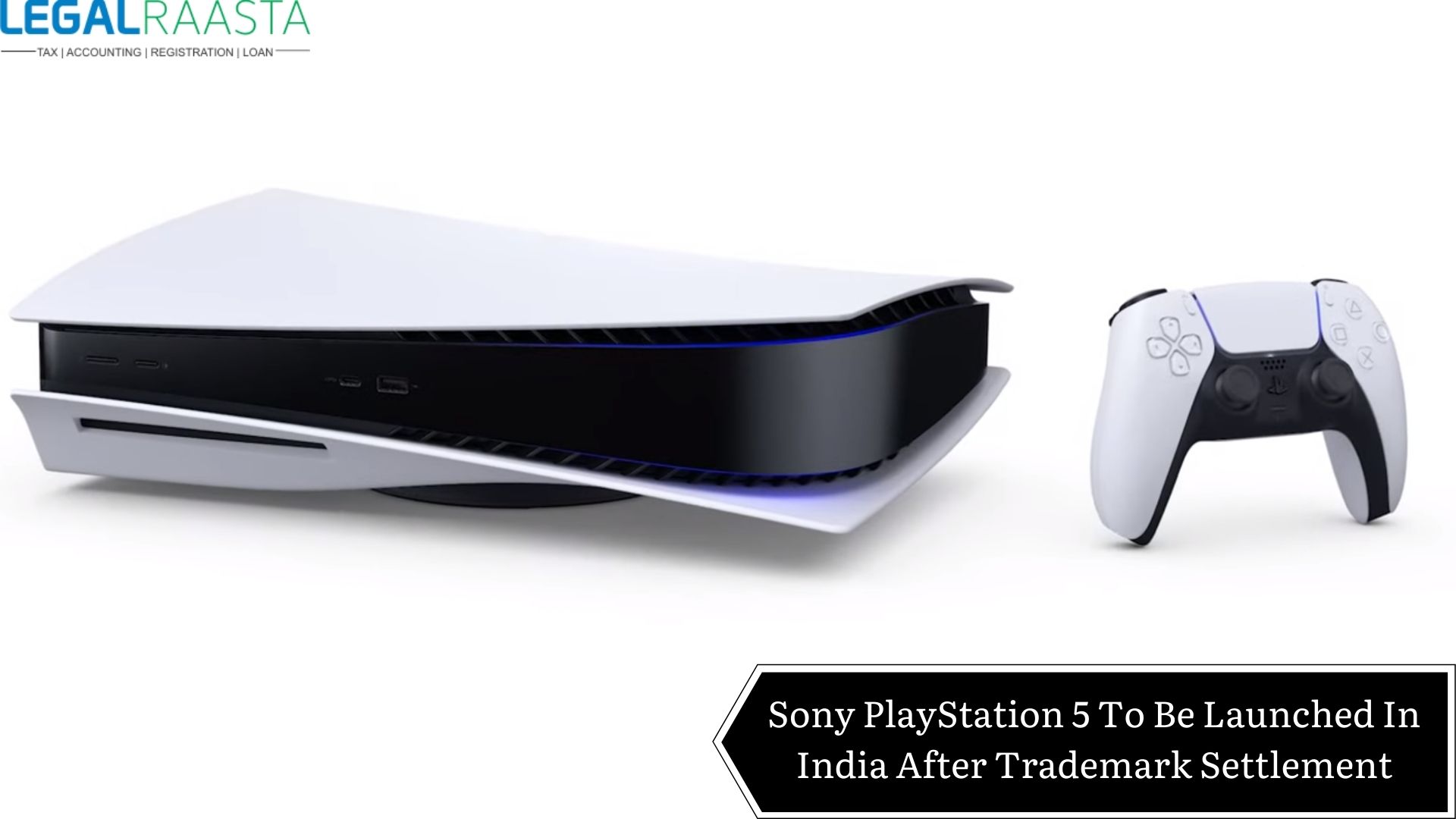Trademark Search Classes
A trademark serves as the distinctive identity of a brand or company. It may take the form of words, color combinations, sounds, smells, tastes, or even a name that fully defines a brand. It may also take the form of a graphical depiction. Branding is a creative process that necessitates extensive study and idea generation. Depending on the course, different registration requirements apply. Before submitting a Trademark Registration Application, a Trademark Search must be done to avoid inconsistencies. Smaller brands only register their names in industries they are already in or plan to enter, while large brands typically do so in each of the 45 groups that follow. The topic of this blog post is selecting the best trademark class from the trademark classification for registration. In this blog, we will discuss What Trademark Search Classes are, how to select a class for Trademark Registration, the advantages of conducting a Trademark Search, and anything else you might be interested in learning about Trademark Searches.
What is Trademark Class?
According to the NICE classification, commonly known as the International Certification of Goods and Services, trademarks are divided into 45 separate classes. Choosing the right trademark class for your product offers is the first stage in the trademark registration process. Of those 45 classes, 34 fall under the “Goods” division and 11 fall under “Services,” and each class demonstrates a certain category of Goods and Services. Selecting the appropriate class is essential when submitting an application for Trademark Registration. When choosing a suitable class for your goods and services, a Trademark Search is conducted. It includes over 80,000 goods in this categorization.
What does an initial trademark search entail?
Before investing time and money in a mark, a preliminary trademark search, sometimes referred to as a knock-out search, is the first step in the trademark registration process. Typically, it entails searching through the trademark database at ipindia or with the help of the LegalRaasta Team. Finding identical trademarks that are already registered for any goods or services that are similar to yours only requires a fast search.
What Trademark Class Should I Pick for Trademark Registration?
- Consider any reputable multinational logistics company with a straightforward logo as an example. It cannot be duplicated or imitated by any other company. Once a distinctive identity or mark has been developed to represent your brand or business, it makes sense to get it protected from unauthorized usage. You are given the essential brand protection thanks to trademark registration in India.
- The NICE Classification was formed by the NICE agreement signed in 1957, and the Government of India has codified the classification of goods and services based on that classification. Every year, a new edition of goods and services is released, and each class categorizes particular commodities or services under which a trademark search for a specific product is required.
- There are two categories of products: goods and services. There are 45 classes used to categories all products and services. Two groups make up the classification of trademarks. Trademark classes 1 through 34 cover “Goods,” while classes 35 through 45 cover “Services.” Based on product offerings, one must select one of 45 classes as applicable.
- The choice of a trademark class is frequently a perplexing process that necessitates the technical knowledge of a legal specialist. You can decide whether you need to register for numerous trademark classes or what level of protection is granted under a particular class with the help of professional advice.
Benefits of a Trademark search
- Find Potentially Conflicting Marks: The main purpose of a trademark search is to inform you whether someone has already started using a mark that is identical to or similar to yours. You risk being sued for trademark infringement if your proposed mark injures an already-registered mark. Such proceedings result in legal fees, financial losses, and the requirement that you discontinue using your mark name.
- Save time and money: A thorough trademark search will enable you to steer clear of unforeseen marketing and production expenses. Any identical or confusingly similar marks that are already registered or pending will be made public. Therefore, by choosing not to file the same name and government fee if you find that similar marks already exist, you will save money on the trademark application charge.
- Results of a thorough analytical search: The trademark search will examine marks that are comparable in sound, appearance, and meaning. Additionally, it scans for alternatively spelled marks, anagrams, wildcards, word truncations, root words, multi-character substitutions, word segments and permutations, pseudo marks, and other things. If there is a similarity in look, sound, meaning, or business impression, a trademark infringement may also be present.
What embodies your product the best?
- For instance, if you sell infant clothing, you should check the availability of trademarks in trademark class 25, which offers broader protection for items like clothing, footwear, and headgear. This is because your business expansion plan may call for you to expand the product line in the future to include adult wear.
- Consider the classification for vehicles in trademark class 12, for instance. For this reason, a business introducing a new car or truck must look for the trademark name under class 12. It is possible to apply for registration if the necessary trademark is accessible for registration, or, to put it another way, if the trademark is not already registered under someone else’s ownership in that particular trademark class. Finding the suitable class for your goods can be done by running a trademark search for class on LegalRaasta.
- If you produce beer, choosing trademark class 33 for your product trademark registration could seem obvious. Beer, on the other hand, is categorized under trademark class 32 since it is thought of as a non-alcoholic beverage.
Do I require just one class, or should I submit applications for several?
You might be required to register your trademark under a certain trademark class or classes if your company deals in a variety of products or industries in order to receive stronger intellectual property protection. Large corporations like the XYZ company have their logos registered under a number of classes that indicate the variety of commercial activities they engage in, including petrochemicals, telecom, retail, and digital, among others. Your questions about submitting a multi-class Trademark Application will be answered by the key aspects of trademark class 99 application. Similar to this, any XYZ firm, despite being a one entity, is registered under four different classes due to the variety of goods or services it provides. A trademark registered under several classifications gives the owner more protection.
Various trademark searches
Three terms might be used when looking for a trademark. The first is a wordmark search, the second is a phonetic search, and the third is a Vienna code search. Depending on the type of business you own, you will choose a different search option as follows:
1) Phonetic search: A number of trademarks may sound identical when pronounced, depending on the speaker. Therefore, it’s important to consider the pronunciation when looking for a trademark. The outcome of a phonetic search is WORDMARK, which sounds similar. Therefore, it can take a while for the outcome to appear.
2) Wordmark search: The term “wordmark” is now used to describe a particular design for the written name of a company, organization, or product.
- Vienna search: The applicant must choose Vienna search if the trademark has figurative elements or a logo.
Is retaining legal counsel required for trademark searches?
It is important to acquire expert assistance to perform the trademark search even though it is not required to employ an attorney to do one before filing. Along with the legal opinion of the attorney regarding the likelihood of trademark registration, you will receive a list of marks that are similar to the proposed mark.
Conclusion
A trademark is anything you use to distinguish your goods from those of competitors, including words, colors, logos, shapes of objects, sounds, and three-dimensional designs. In terms of services and goods, a trademark classification is the most important classification. Once a trademark has been registered, its owner is entitled to trademark protection. Various classes are used to categories the creation of products and services. Trademark examiners and attorneys organize documents like applications for trademarks and service marks in line with the different Trademark Classes in accordance with the description and breadth of the goods and services that the trademarks cover.
With the help of our knowledgeable legal counsel, trademark Search is made simple, affordable, and quick. Our team of knowledgeable and experienced lawyers, chartered accountants, and company secretaries is on call to help you choose the best trademark classification for the goods and services you need to file applications, as well as to handle all the legal requirements on your behalf, making the process stress-free for you. In this article, we have provided an exhaustive guide on Trademark Classes. Therefore, if you want to register a trademark Search without making any mistakes and put your mind at ease, get in touch with the professionals at LegalRaasta. One thing that must be kept in mind is that a trademark cannot be comparable to another trademark that has already been registered. Visit our website, Legal Raasta, for additional details on How to check a trademark’s status and other topics. Call us at 8750008585 or email us at contact@legalraasta.com with your inquiry.






